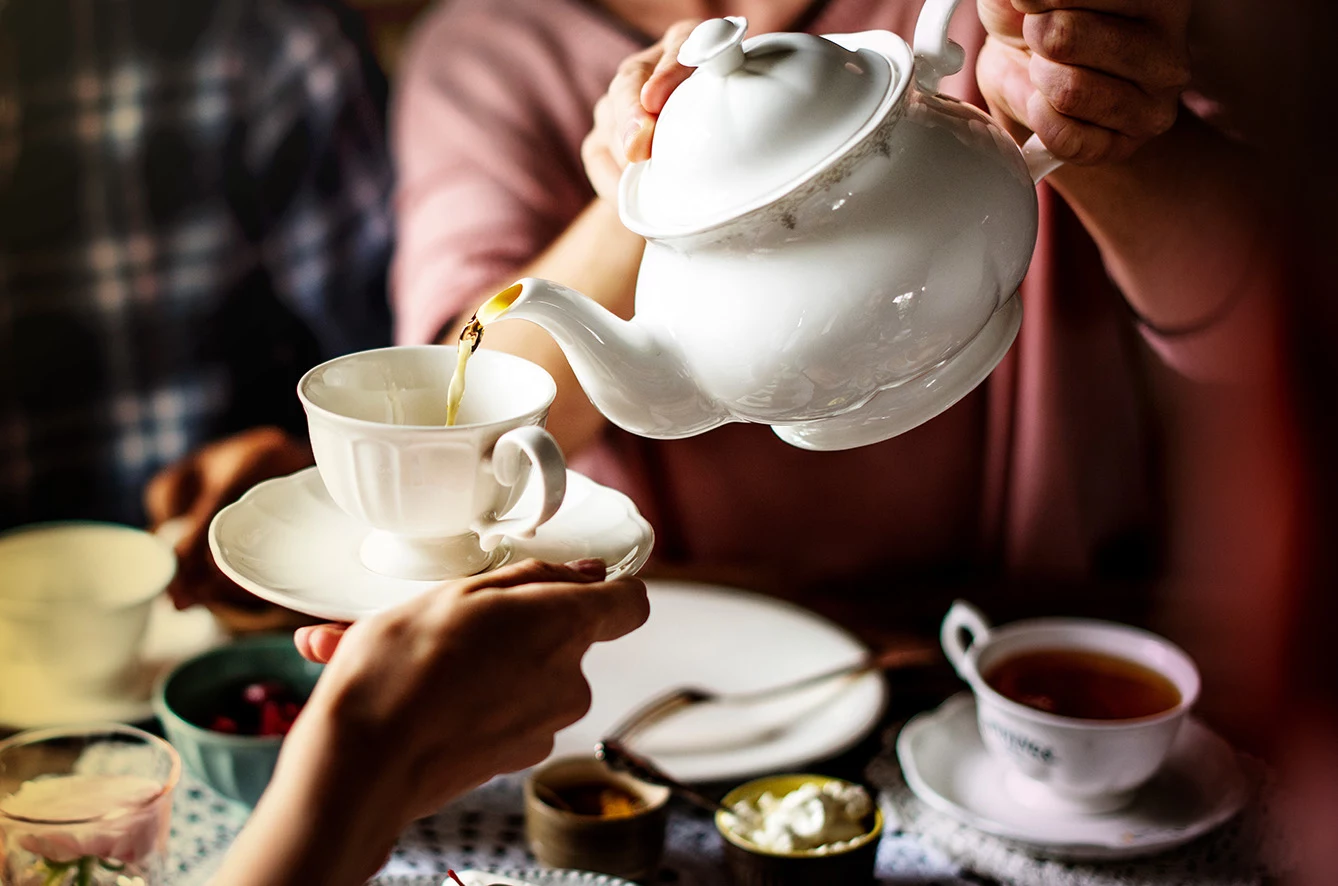Anthropologists claim you can tell a lot – or even everything – about a culture just by looking at its use of words. Does your language have separate words for a mother’s and father’s brothers, or are they both just uncles? And what are the implications of dividing your day between work and free time vs. Latin-style where the word for “work” is a negation of the word “leisure”? And how do you say tea? Wait, tea?
Learn how to say “tea” in European languages: https://t.co/hm4M4jCqxp
— Jakub Marian (@JakubMarian) November 12, 2018
Tea vs Chai
Actually, yes. While tea is a staple in some countries and not as much in others (think England vs. Italy), it is a very important commodity, found worldwide from practically a single origin: China. Chinese has one sign and two spoken words for the plant and the drink: cha and te; and in every country that would buy imported tea, the name is a variation on one of these two. At least in every country except for those once part of the Polish-Lithuanian Commonwealth.
Take the 3 Seas countries of Central Europe: variations on German “tee” are present in Austria, Hungary, Latvia, and Estonia. The rest are versions of čaj: Czechia, Slovakia, Romania, Slovenia, Croatia, and Bulgaria. In Poland and Lithuania, it’s “herbata”/”arbata.”
How did this happen? Well, two ways. There were literally two routes through which tea was imported. And it could partially just be that Poland was being Poland is responsible for the exception.
To anyone fluent in Chinese, the symbol 茶 is “Sinitic,” meaning standard across all forms of the language, for tea. However, despite the common meaning, in continental China, it’s pronounced cha, and in the Min Nan variation, spoken on the coast of the Pacific, it’s pronounced te.
Trade between China and Europe has a long tradition. At first, it was a land route known as the Silk Road, which led through Persia (Urdu for tea is chay) and then onto Europe from the south and the east. The chay area is, therefore, in the southern parts of Central and Eastern Europe.
Tea by the sea, herba in heartland
But during the age of explorations, Westerners found another route: by sea. The Portuguese and Dutch were the first to start trading tea by sea: the Portuguese went through Macao, where tea is called chá, hence the exception. But later, the Dutch East India Company took over, so the Taiwanese version of te spread across Western Europe.
And what about Poland/Lithuania? The name itself comes from Latin herba, meaning any edible or medicinal plant, with the remnant of te added at the end. When tea became popularized in the Poland-Lithuania Commonwealth in the 17th century, it was an expensive, aristocratic drink described as herbal tea – as in – an herbal infusion from the specific herb of… tea.
So what’s the takeaway here? In this case, perhaps it’s just that Poland and Lithuania like to add an extra level of difficulty when it comes to language.







